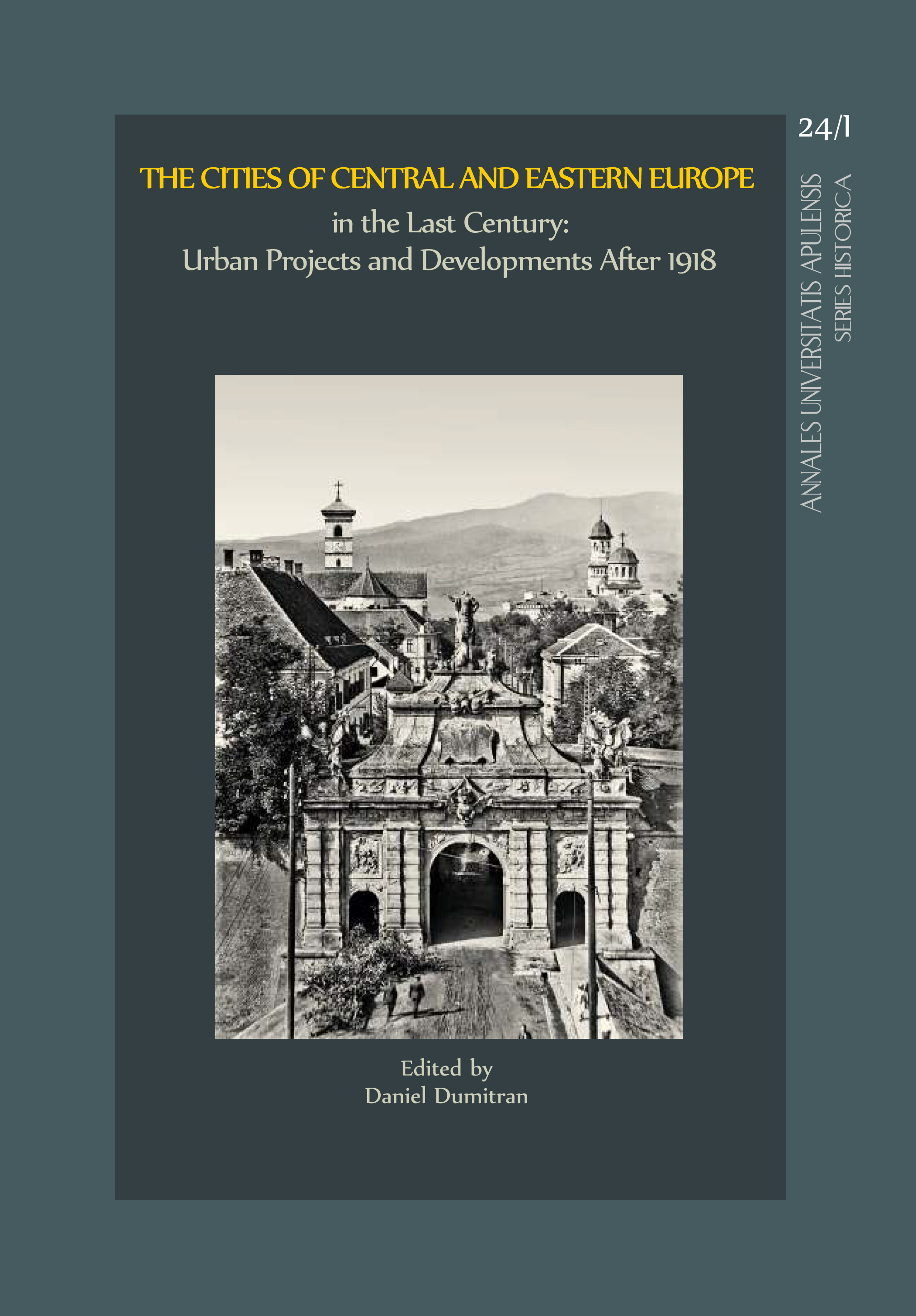The Agrarian Reform and the City: The Great Expansion of Sibiu during the Interwar Years
The Agrarian Reform and the City: The Great Expansion of Sibiu during the Interwar Years
Author(s): Diana MihneaSubject(s): Recent History (1900 till today)
Published by: Editura Mega Print SRL
Keywords: systematization plan; urban planning; city expansion; agrarian reform; new allotments; new building plots;
Summary/Abstract: During the 1920s, the city of Sibiu expanded by approximately 250 hectares, with an area that was three times larger than its historical core. This great expansion was the result of the application of the agrarian reform, whose laws allowed and encouraged the creation of new building plots in the cities of Transylvania, Banat, Crișana and Maramureș. Although this was the largest territorial growth of the city up until that time, it was not controlled by the municipality and its Technical Office. In fact, the city authorities were excluded from most stages of the decision-making process. All the decisions were taken by the central and local institutions of the Ministry of Agriculture and Domains that were in charge with the application of the agrarian reform. The territorial expansion was not based on any large-scale studies regarding the needs of the city or the impact on its future development. In fact, the proportions and the directions of the city’s expansion were dictated mostly by the number of accepted requests for building plots and by the position of the areas that could be expropriated and that were suitable to be parcelled. The creation of the large new allotments was simultaneous with the efforts of the municipality to draft a systematisation plan that was now urgently necessary, given the rapidly changing situation of the city, and it was imposed by the new administrative legislation of Romania. So, shortly after the parceling plans were issued and the new building plots were distributed to those entitled, a preliminary systematization plan – drafted between 1926 and 1928 – proposed the revision of the new allotments and the modification of the procedure for assigning the building plots according to a system that would allow a gradual territorial growth of the city. Hence, during the second half of the 1920s and the beginning of the 1930s there were ample negotiations over the new urban territory, involving not only the Ministry of Agriculture and Domains, but also the Ministry of Interior and the Superior Technical Council. In the end, after almost a decade of negotiations, only minor adjustments were made to the allotments and the provisions of the systematisation plan were only partly applied.
Journal: Annales Universitatis Apulensis Series Historica
- Issue Year: 24/2020
- Issue No: 1
- Page Range: 13-44
- Page Count: 32
- Language: English
- Content File-PDF

